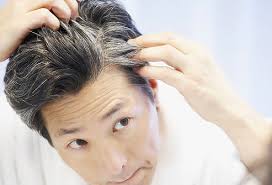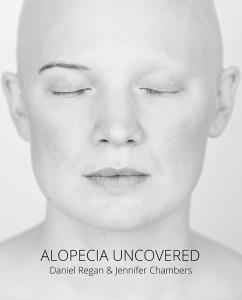i started to take finax(finasteride) 3 and the half year ago.after 6 months it showed wonderful result.but at 1 year mark i again started to shed hairs.my doctor prescribed me dutas(dutasteride)after switching to dutasteride about 2 years ago my hair loss progression got slowdow(just within 5 months).then 8 months ago i again switched to finastride and now i am experiencing massive hair loss.shedding all of the time with vertex and frontal region getting worse.now ,my doctor again prescribed me dutasteride as well as finasteride both(1
pill of each daily ) in conjunction with minoxidil 5%. i want to know would it work or is he just trying different things on me hopelessly??????

We’ve said this many times here on BaldingBlog. There is no cure for genetic male pattern balding -MPB (androgenic alopecia – AGA). Drugs such as Propecia and Rogain helps slow the hair loss down. For some it even reverses hair loss and slows down the hair loss dramatically. Overall everyone slowly loses their hair as it is pre-programmed in to their genetic make up. Finasteride and Dutasteride work in similar fashion by blocking the DHT hormone but it is not a complete solution. Some think Dutasteride may work better but it is not approved by the FDA and the negative side effects are usually higher than Propecia. The answer to the MPB does not reside solely on Propecia, Dutasteride, or Rogaine. You need to find a good doctor who can give you options and a better explanation on the Master Plan of how to go about addressing your MPB.


